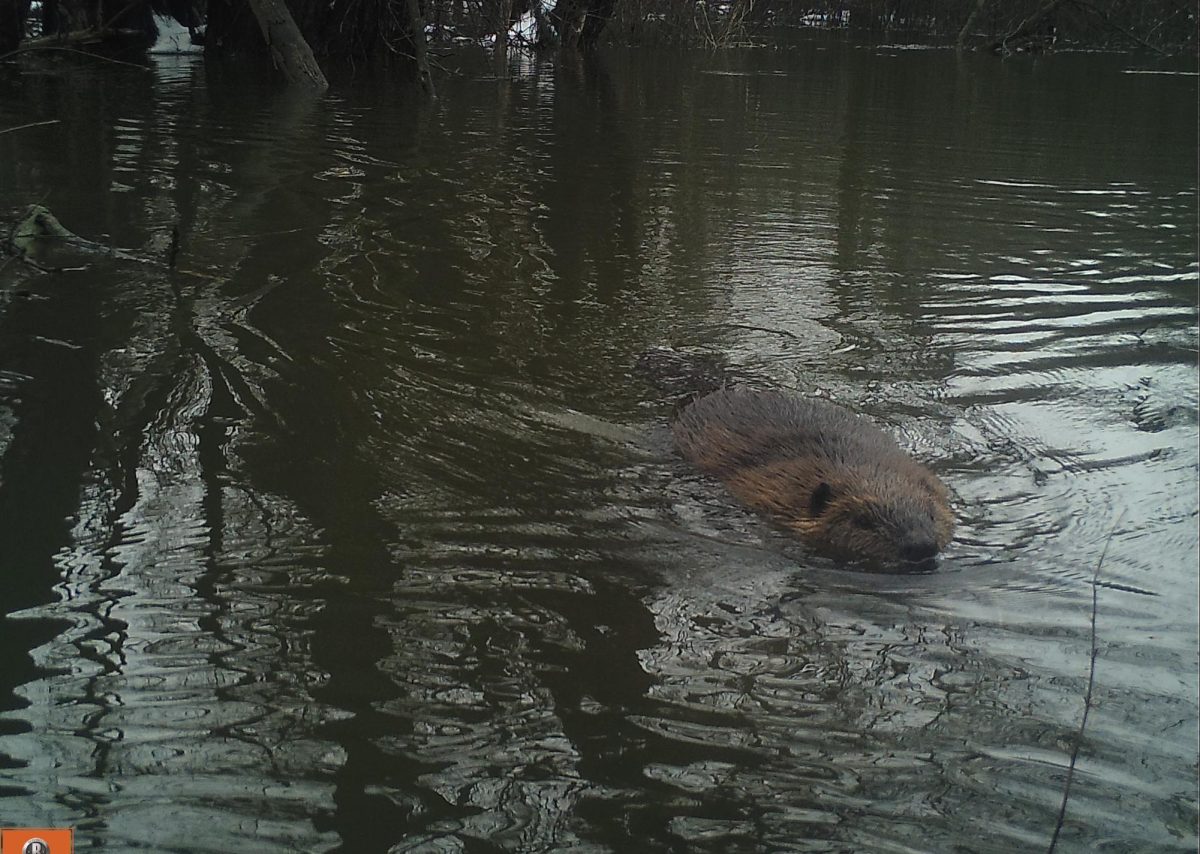Watching the horrifying scenes from Gaza over the past month—and listening to the public discourse that has grown up in response to it—has made me think of apeirogons, and Apeirogon. An “apeirogon” is an imaginary polygon with an infinite number of sides. Apeirogon is also the name of Colum McCann’s 2020 novel about the Palestinian/Israeli conflict. In it, McCann, who wrote the National Book Award winning Let the Great World Spin, reminds us how war flattens our thinking about conflicts. As we pick sides, we collapse our side and the others into two homogeneous opponents: our side and theirs (I suspect this is true for many whose sides are picked for them). This, the novel makes clear, is an intellectual and imaginative failure. It does intellectual violence to both sides, erasing differences and nuances to make them fit the notion of “sides.” It’s easier to see “them,” those on the other “side,” as simply “savages,” as “animals,” as “monsters,” whose actions are unprovoked and senseless.
Our side-picking is an intellectual failure because we can’t be bothered to seek out or consider information not sanctioned by our team. It’s an imaginative failure because we can’t, or won’t, bring ourselves to imagine what it would be like to live in the conditions (even those we already know) that shape the lives and actions of others, of the Other. We are not inhibited by what the British Romantic poet Percy Shelley called “the accumulation of knowledge,” but by the accumulation of misinformation (I’m thinking of beheaded babies), but his assessment that his contemporaries lacked “the creative faculty to imagine that which we know” is as true of us as it was of his contemporaries. It is easy for us to imagine the lives of Israelis, who have a homeland, a place they think of as their own, where they belong, where their future lies. It is easy to imagine ourselves, with our homes, under constant threat of crazy senseless people. This is the state we live in now. We all, in America, see ourselves as besieged by crazy senseless people bent on destroying all we hold dear—a Supreme Court, a woke mob (the fact that one of these is wholly imaginary is another matter). It is not so easy to imagine the lives of those under an apartheid-like system in an occupied land, that is not their home, where everything reminds them that they do not now and will not ever belong.
Of course, the intellectual and imaginative laziness that supports this non-thinking facilitates physical violence. Because we divide those involved and affected by the conflict into “sides,” we forget that their actions emerge out of complex histories. When I read Apeirogon shortly after its publication, I was struck by how powerfully it fleshed out the consequences of living in an area broken up by check-points that restricted access to life-saving institutions like hospitals and markets. It makes palpable the fear of losing one’s loved ones to acts of horrific violence.
At the center of Apeirogon is the friendship of two men, Bassam and Rami, one Palestinian and one Israeli, both of whom lost daughters in the conflict. If the novel only paid attention to these men and their friendship, it would not rise above the kind of self-congratulating platitudes that shape so much of our thinking about war and its consequences and relieves us of the burden of hard thinking. The novel spends remarkably little of its time telling their stories—compelling as they are. The rest of the novel is taken up with exploring the wide range of those whose lives are disrupted (many fatally) by the conflict. For example, the third chapter of the novel, (the first chapter takes up less than a page; the second chapter appears to be only a transcription of a road sign), begins like this:
Five hundred million birds arc the sky over the hills of Beit Jala every year. They move by ancient ancestry: hoopoes, thrushes, flycatchers, warblers, cuckoos, starlings, shrikes, ruffs, northern wheatears, plovers, sunbirds, swifts, sparrows, nightjars, owls, gulls, hawks, eagles, kites, cranes, buzzards, sandpipers, pelicans, flamingos, storks, pied bushchats, doves, white throats, yellow wagtails, blackcaps red-throated pipits, little bitterns. (4)
I’d like to cite the entire chapter, but it’s too long. Both informative and beautiful, attending to the lives, habits, and patterns of individual birds and whole species—it includes some details of the way those habits intersect with humans: “Every year a new landscape appears underneath: Israeli settlements, Palestinian apartment blocks, rooftop gardens, barracks, barriers, bypass roads” (4). In this chapter, human activity is no more important than avian. The novel returns again and again to talk about birds (and many other creatures). After a fascinating account of the history of the sling, it explains how children, “at the edges of battle” were “enlisted to shoot birds from the sky” with slings. Some of these birds who survived were “put in cages” with their “eyes gouged out so that they would be fooled into thinking that it was a permanent nighttime” and eat constantly until they were “twice their flying size,” so they could be “baked in clay ovens, served with bread, olives, and spices” (5). Birds, too, form a side in war, or perhaps something like 500 million sides, or is it both?
Then novel painstakingly details the stories of Abir and Smadar, the two daughters killed in the violence, revealing how they came to be killed as part of the conflict, eventually prompting Bassam and Rami to struggle to reach out across the barriers to engage with the enemy. In doing so, they alienated themselves from those on their “own side.” Rami, Bassam, Smadar, Abir occupy multiple sides, some of which they share with the others, and others they occupy in contrast to (some of) the others.
What the novel does best, what good fiction does best, is to help us to imagine what we can’t imagine on our own. It is no shame not to know the names of the species of birds that fly over the area, but not considering that there are birds there, and that their lives would be disrupted and destroyed by the human violence (to each other, to the landscape, to the air) is another matter. It is still another matter to make pronouncements and decisions that will shape the future of those who live in the zone of this conflict and face its manifold repercussions without doing the intellectual and imaginative work of considering the consequences of the conditions of that living. Reading Apeirogon, we learn what it’s like to have military checkpoints impeding the path to hospitals where our children are dying. It details what happens when Israeli citizens risks alienation (and worse) from those on “their side” for seeking to listen to those who live behind the checkpoints.
Apeirogon performs valuable work for us. Because we can’t (or won’t) think about the collective and individual lives of all (human or otherwise) who live there, fiction provides the material for our thought and imaginations to inform our responses to conflicts in which we are entangled, even at a distance of 5,965 miles.













yousef • Nov 13, 2023 at 8:47 AM
atop censoring comments
Anonymous • Nov 11, 2023 at 1:04 PM
Prof. Anderson’s letter makes a lot of assumptions about what “we” do, how “we” think, how “we” ought to behave — indeed, about who “we” even are.
I’ve noticed that straight, white, Christian men in authority positions do this a lot.
Ironic that he uses this rhetorical imperialism in the service of telling us how we ought to imagine “the Other.”
yousef • Nov 13, 2023 at 9:40 AM
racist ad hominem attacks with no substance against someone who at least should start with a presumption of respect. attack his arguments not immutable characteristics of the author.
Your comment is deplorable.
Yousef • Nov 10, 2023 at 1:08 PM
Interesting take on the conflict. My only issue is your characterization of Israel as occupied Palestinian land. The land was purchased or divided up from the remnants of the Ottoman Empire who chose the wrong side of WW1. The land has exchanged hands countless times over the last few thousand years making a historical claim is not really a defensible position.
So long as Israel has the power to hold control of the land it is theirs. Hamas is hellbent on the utter annihilation of the state of Israel (read the 1988 charter available on yales website). The people of Gaza (albeit a minority) elected them to represent them and are therefore culpable for actions of that government to a limited extent. I think that extent is the amount of force necessary to remove Hamas from the face of the earth.
Given their entrenched position that might take quite a bit of force